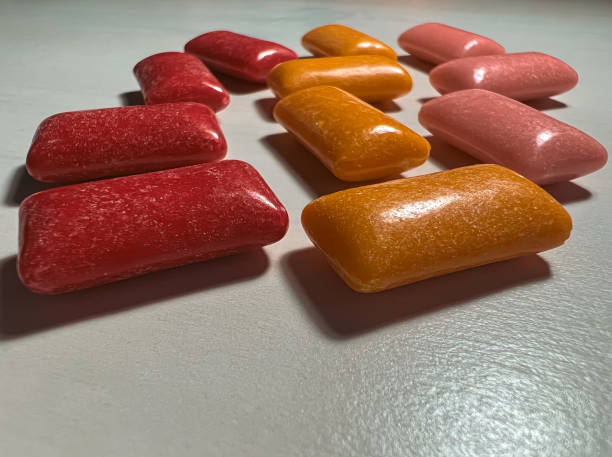Researchers are actively working to decipher the intricate details of how these cells function and interact with other cell types in complex biological systems. Decoding verso cell functionality requires a multidisciplinary approach that combines techniques from biology, physics, chemistry, and engineering. Neurodegenerative disorders, such as Alzheimer’s disease, Parkinson’s disease, and Huntington’s disease, are characterized by the progressive loss of neurons in specific regions of the brain. These conditions have a significant impact on individuals’ cognitive and motor functions, leading to severe disability and reduced quality of life. Despite extensive research efforts over the years, effective treatments for neurodegenerative disorders remain elusive. However, recent studies have shed light on a promising avenue for potential therapeutic interventions – Verso cells. Verso cells are a type of stem cell that possess unique properties making them particularly suitable for treating neurodegenerative disorders.
Derived from human pluripotent stem cells (hPSCs), Verso cells can differentiate into various cell types found in the central nervous system (CNS), including neurons and glial cells. This ability to generate different CNS cell types makes them an attractive candidate for replacing damaged or lost neurons in neurodegenerative diseases. One key advantage of using Verso cells is their capacity for self-renewal. Unlike mature neurons that cannot replicate themselves effectively, Verso cells can proliferate indefinitely while maintaining their ability to differentiate into functional neuronal subtypes. This verso cell being characteristic ensures a sustainable source of replacement neurons for transplantation therapies. Moreover, Verso cells exhibit excellent survival rates when transplanted into animal models with neurodegenerative disorders. Studies have shown that these transplanted cells integrate well within existing neural circuits and establish functional connections with surrounding host tissue. This integration is crucial for restoring normal brain function and improving symptoms associated with neurodegeneration.
In addition to their regenerative potential, Verso cells also secrete various growth factors and cytokines that promote endogenous repair mechanisms within the CNS microenvironment. These molecules enhance neuronal survival, stimulate axonal regeneration, reduce inflammation levels, and modulate immune responses – all critical processes involved in neurodegenerative disorders. By providing a supportive environment for damaged neurons, Verso cells can potentially slow down disease progression and improve overall neurological function. However, several challenges need to be addressed before Verso cell-based therapies can become a clinical reality. One major concern is the risk of tumorigenicity associated with pluripotent stem cells. Although Verso cells have shown low tumorigenic potential in preclinical studies, further research is needed to ensure their safety profile. In recent years, there has been a growing interest in understanding health from a cellular perspective.



